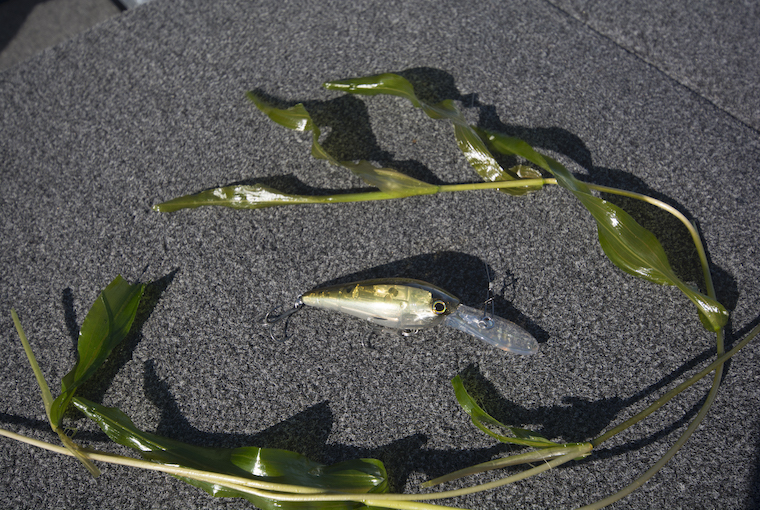
Catching walleye is always good, but it’s even better when they’re biting a presentation you really enjoy using. Admittedly, I have a soft spot for casting crankbaits when walleye are in shallow and mid-depth areas.
Fishing a crankbait has a way of drawing you in, partially due to the focus required to impart a proper retrieve. The jolt you feel during a walleye strike is exciting. Ditto when one bumps a crank and is triggered to bite by a quick retrieve adjustment, such as stalling the lure or giving it a twitch.
Thrills aside, casting crankbaits is a reliable way to catch walleye in a range of scenarios spanning spring to fall. Here are some tips for getting the upper hand when using these potent hard baits.
Cranking collection
You don’t need a tackle tray overflowing with lures to start catching walleye on crankbaits. A bit of variety, though, presents more options for experimenting with baits in different scenarios.
Have a mix of shad and minnow-shaped crankbaits. This lets you play around with different profiles and action characteristics.
When it comes to colours, natural patterns are effective in clear water. Gold and silver baits, along with a couple bright paint patterns, like firetiger, are also worthwhile.
Wind-blown structures
Tossing crankbaits to wave-hit points, shorelines, reefs, and islands has caught walleye for me in a range of scenarios spanning springtime fly-ins to Quebec’s Gouin Reservoir to fall adventures on Georgian Bay. A crankbait’s bulk and wobbling swim appeal to walleye out to feed in the frothy turmoil of wind-swept waters. The added noise from a rattling crankbait likely won’t hurt in these conditions.
It’s not uncommon for walleye to be shallow along wind-swept structures. After casting a crank into skinny water, hold the rod tip high at the beginning of the retrieve to keep the crankbait shallow and prevent it from digging into the bottom. Once the lure is beyond the skinny water, lower the rod to increase its running depth, if needed.
Prospecting around plants
Spring is a great time for casting a crankbait around shallow vegetation. If you can find areas where baitfish are living in the greenery, there are likely walleye nearby.
Early-season vegetation tends to be sparse and short. This means there’s more open space around plants where you can swim a crankbait. There’s also less cut-weed floating around to foul treble hooks than in summer.
Last May, several walleye eagerly ate a black- and-gold Berkley Bad Shad 5 I swam beside cabbage or over the top of grass. A size 6 Rapala Shad Rap also produced fish from the same shallow flat. Each of these 1 ⁄4-ounce cranks cast effortlessly on a 7′ light spinning rod and 10-pound braid with a 12-pound fluorocarbon leader. A steady retrieve with an occasional pause or rod twitch was all it took to get bites.
Casting crankbaits along the outside edge of weed beds can be productive in summer during overcast or windy conditions and at twilight. When fall arrives, walleye regularly position around the last remnants of healthy vegetation close to deep water holding baitfish — these are must-try cranking spots.
Humps and hard-bottom transitions
Catching walleye on crankbaits last spring with Corey Gaffney, a Shimano Pro, reaffirmed how isolated rock piles are walleye magnets. His boat is loaded with the latest tech, and Humminbird’s 360 in conjunction with Garmin’s LiveScope provided a detailed picture of how closely walleye related to several rocky reefs and isolated rock piles, which topped out between eight and 16 feet. Using 360 helped determine the best casting angle to ensure our cranks would swim across the rocky structure.
Gaffney was fishing Shimano’s World Crank, which has a strip of foil suspended on springs within its body for extra flash. After cranking the lure down to its running depth, of about 12 feet, he began a steady retrieve mixed with brief tempo changes by increasing or slowing the pace of a full or half rotation of the reel handle.
The night shift
Casting cranks is a productive way to catch walleye at night. Fish the open water above weeds, shorelines, points, sand bars, shallow reefs, islands, as well as lake inflows and outflows.
I keep things simple when fishing in the dark. This means using a spinning set-up and retrieving a crankbait slowly, making it easy for a walleye to stalk the lure and get a mouthful when it strikes.
This season, spend some time casting a crankbait. They’re a fun and effective way to put walleye in the net from spring to autumn.
Originally published in Ontario OUT of DOORS’ 2023 Fishing Annual


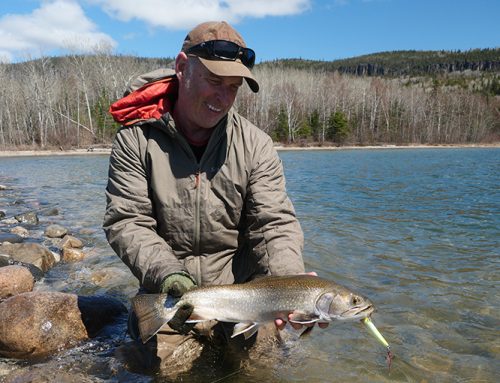
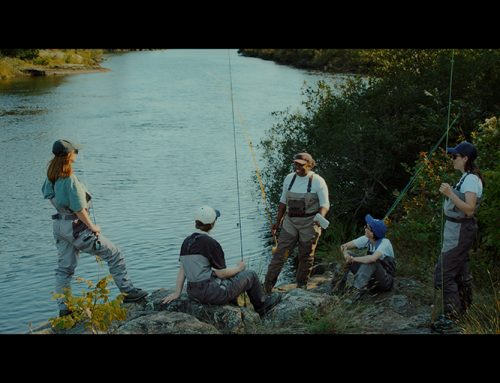
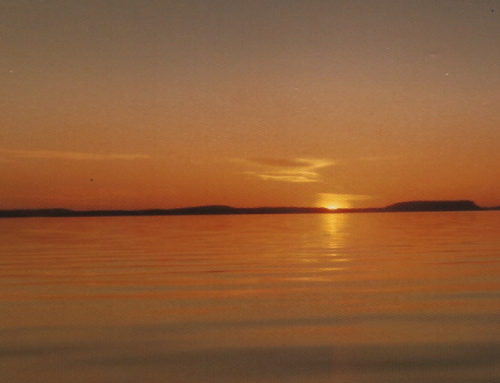
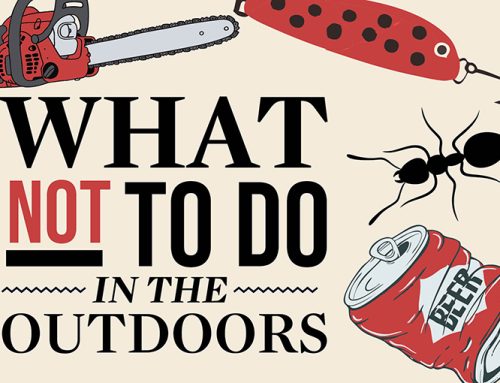
Leave A Comment